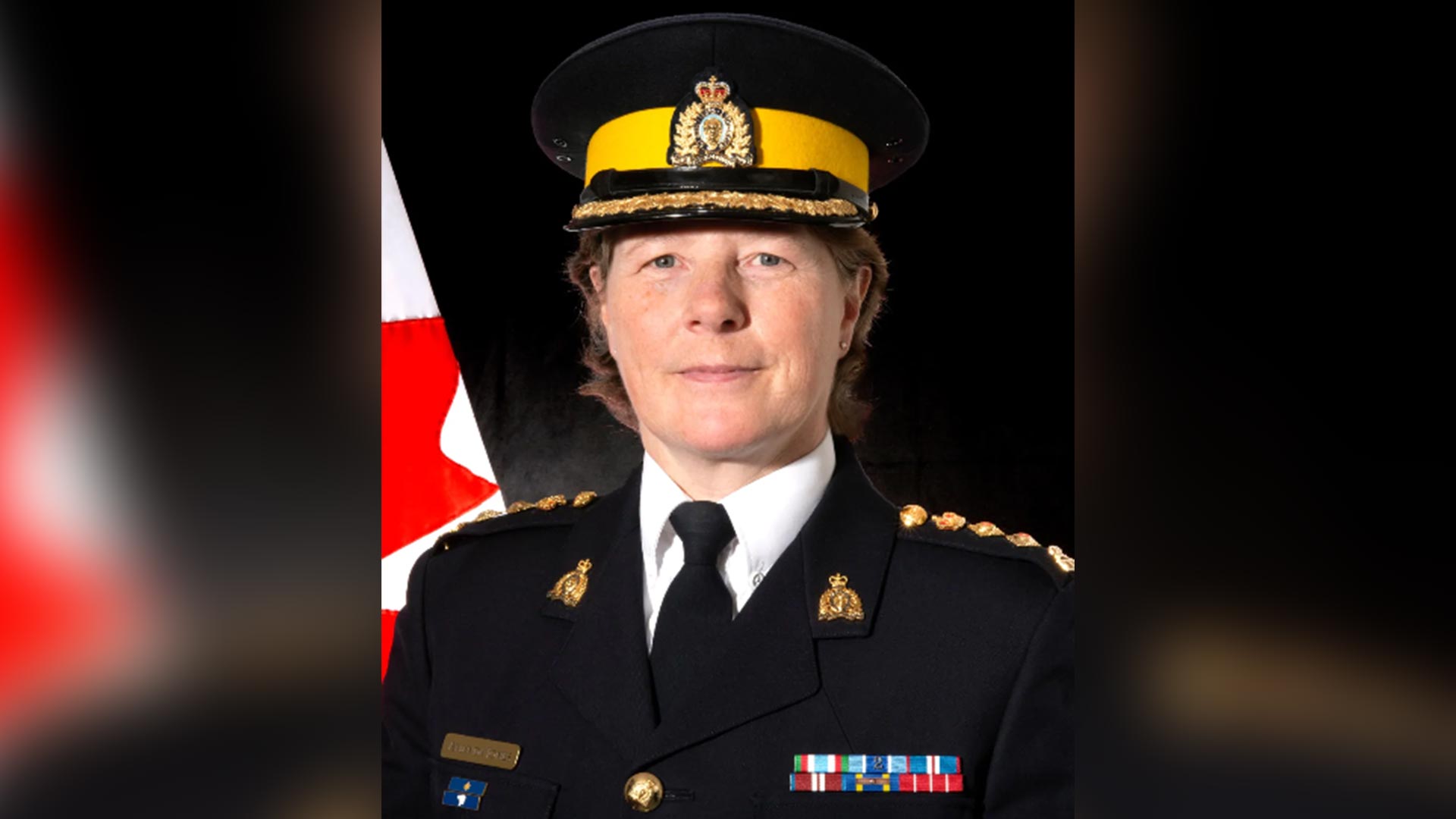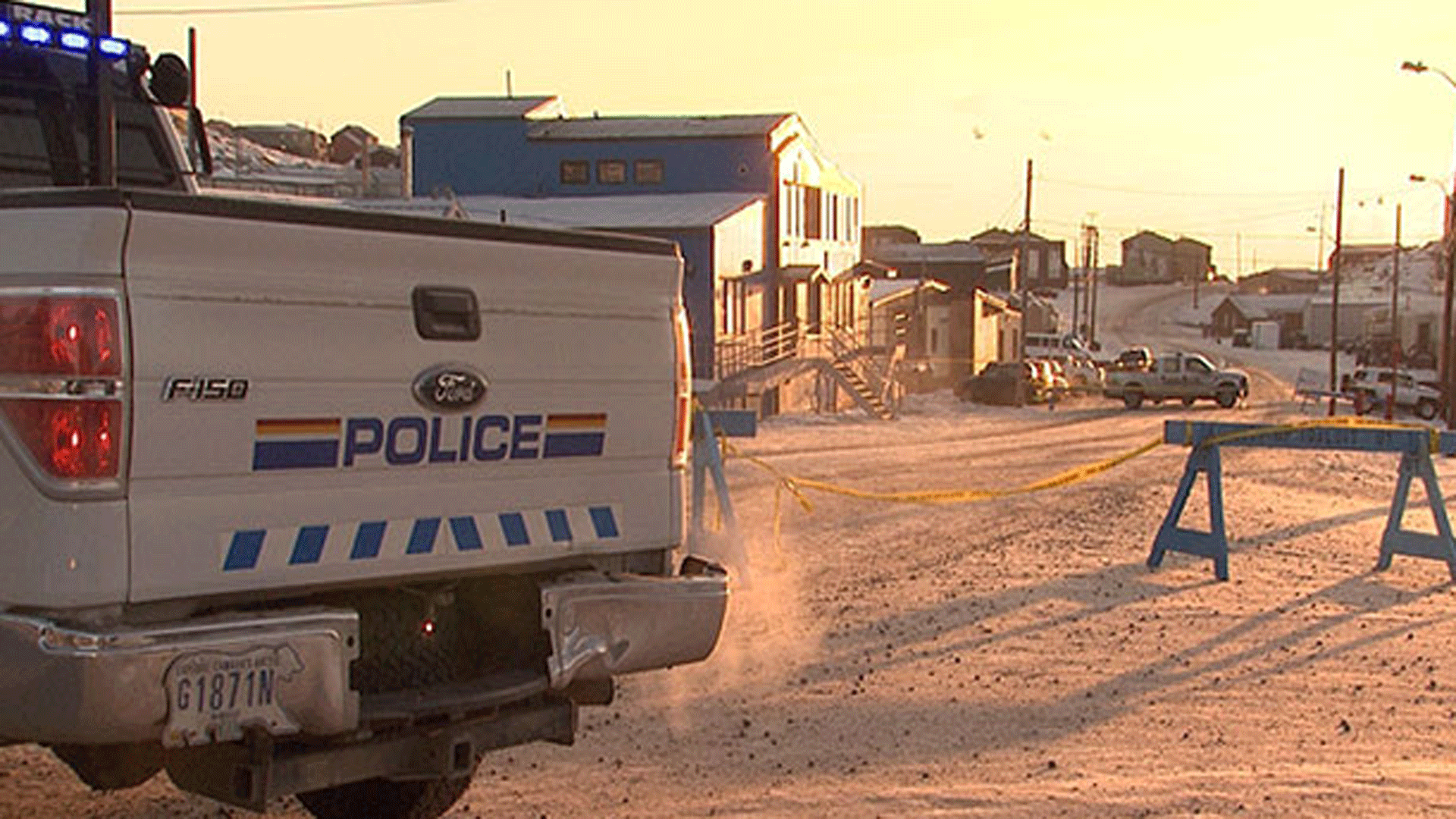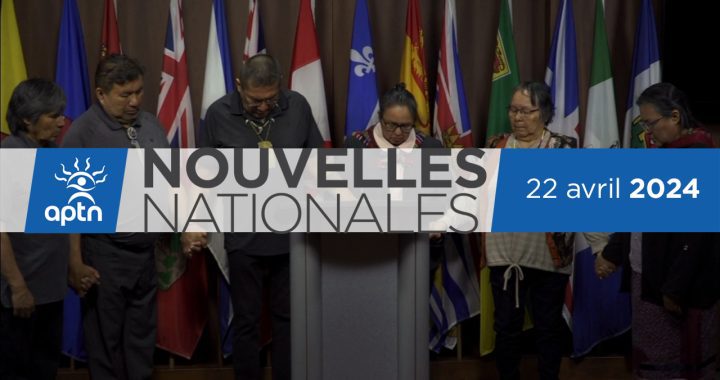Chief Superintendent Amanda Jones, head of the RCMP in Nunavut, knew she was in for a long day on June 2.
That’s because late on June 1, RCMP in Kinngait Nunavut arrested a man by striking him with the door of a moving truck.
The difference between the Kinngait arrest and most other complaints against Nunavut RCMP, is this one was recorded and posted online.
“I was shocked,” said Jones of seeing the video. “I found it very disturbing. Immediately I called my officers together to have a meeting on the video and to decide on our next steps.”
One of those first steps was to put out a news release, saying that the arrest was being investigated by an outside police force and that the officer driving the vehicle was removed from Kinngait and is on desk duty.
That release left out a vital bit of information, the man who was struck by the police truck was later beaten by another inmate in cells.
Jones said, at the time, she didn’t know the man had been subsequently beaten in cells when she put out the initial statement.
“I knew there was a fight in cells, I didn’t know the extent. I was told that he was engaged in a fight, there was blood, that the nurse had seen him, but I was not aware of a (medical) evacuation until the next day.”

A Mountie’s response to an incident is supposed to be evaluated with a tool they call their “Incident Management Intervention Model.”
It’s basically a chart used to instruct officers how much force is needed for an arrest.
On that chart, if the person is cooperative, the RCMP is supposed to use communication. If they resist, then they are permitted to up the tactics to “physical control.”
We asked Jones where hitting a person with a moving vehicle falls on that incident chart.
“It’s not there. If that fell on the continuum it would be “grievous bodily harm,” she said. “If somebody had a firearm and that’s all you had as an option… then you could use your vehicle. Other than that, we’re not trained to do that.”
After the Kinngait RCMP hit the man with their truck, they proceeded to detain him for being intoxicated in public, according to the Mounties.
He was never charged.
While he laid on the ground, five officers moved in to arrest the man.
Before getting hit by the truck, he was stumbling in the street, getting hit took away what little mobility he had left.
One of the officers delivers multiple knee strikes to the fallen man. He is so blocked by the police that you can’t tell where the strikes landed from the video.
Watch the Kinngait arrest video:
Knee strikes do fall within what RCMP are permitted to do, in certain circumstances.
According to Jones, “there are sometimes that you have to do that, whether it’s a knee, and it’s not to the head or anything like that… Not everybody complies to have handcuffs on them, so you can give them a knee or a punch to the arm, to weaken it up a little bit just so they let go.”
APTN News asked if the man was having trouble walking before police hit him with a truck, just how hard could he have been resisting arrest after being struck?
“I did see that knee strike, I just don’t know where it is on the body parts,” she said. “Obviously, that would be into the investigation and we’ll leave that to the Ottawa Police Service.”
To avoid Mounties in Nunavut investigating themselves, almost every complaint against police in the territory is investigated by the Ottawa Police Service.
There are six investigations into Nunavut RCMP behavior so far in 2020 which include two fatal shootings, a non-fatal shooting, a person who suffered a medical condition while being held by police died later in hospital and a traffic incident where a Pond Inlet child was struck and killed by an RCMP vehicle while sledding.
In 2019, there were two investigations into Nunavut RCMP – neither involved a police shooting. In 2018, there were four investigations with one involving a non-fatal police shooting.
The results of the investigations are typically only shared with RCMP and their contractor, the Government of Nunavut.
The Nunavut Justice Department did not return several phone calls asking them to answer questions for this story.
Potential civilian oversight of Nunavut RCMP has been discussed since 2016.
Former Premier Paul Okalik asked for the review following another high profile incident of Nunavut RCMP on video which came from inside the Mountie’s Iqaluit jail cells and showed an officer pistol whipping a naked man with a taser and leaving him in a bloody mess on the floor.
Ottawa Police Services investigated that video and found no wrong doing.
Read More:
‘Shocking and disturbing’: Public Safety minister blasts RCMP conduct in Nunavut incident
Court documents detail allegations of violence, cruelty and racism by northern RCMP
When the government investigation into potential civilian oversight of the RCMP was delivered in 2017, then Justice minister Keith Peterson refused to make it public.
“We deserve to know, and have a discussion on the best ways of making sure that there’s proper policing in our territory,” Okaik told APTN.
Okalik also had another major concern, the conduct of an Ottawa Police Services officer.
When famed Inuit artist Annie Pootoogook was found dead in Ottawa on Sept. 19th, 2016, Ottawa Police Services Staff Sergeant Chris Hrnchiar wrote on the Ottawa Citizen’s Facebook page that the death “could be a suicide, accidental, she got drunk and fell in the river and drowned, who knows.” He added “much of the Aboriginal population in Canada is just satisfied being alcohol or drug abusers.”
Okalik told APTN at the time, “then we learned of the real unfortunate views by a senior member of that force, so I had second thoughts, because these views did not go well with the people we serve in our territory.”
Many of the problems faced by Nunavut’s RCMP are long standing.
A follow-up press release describing how the Kinngait man who was struck by police was beaten in cells paints a chaotic picture of Kinngait, a community of just 1,400 people.
Nunavut RCMP have long voiced concerns about being overworked.
“Kinngait RCMP Detachment has four cells. At the time the male from the video was being lodged into cells, the detachment had seven prisoners, all of whom were intoxicated,” the RCMP said after the Kinngait arrest.
“One cell was occupied by four males, another with an extremely agitated male and 2 females in opposite cells who had to be separated as they had previously been fighting with each other. One female prisoner was released in order to make room for the male in the video.”
For many Nunavummiut, English is a second language, or a foreign one.
Yet, another long standing complaint against the RCMP is that if you call for police help, often the person you call can’t speak Inuktitut.
“Right now we have two Inuit working in our OCC (Operational Communications Centre). We’ve also funded four casual positions to try and bring in Inuit that are interested in OCC, but not quite sure. OCC is a difficult job, and it’s not for everyone,” explained Jones.

In citing pilot projects to bring in Inuit, Inuit recruitment and use of force, Jones’ answers sound much like her predecessors.
The discussion around Nunavut, Inuit and RCMP goes back to well before Nunavut was even founded.
APTN asked why should Nunavut residents trust what the RCMP say, if all they get is the same statements over every incident.
Jones says she’s trying.
“This time, we have created a V Division (RCMP in Nunavut) pre-deployment training, which is two weeks of training for any member who’s coming up to Nunavut. Even the members themselves say ‘I wasn’t set-up for success. I didn’t have an understanding of the culture, I didn’t have an understanding of our history, and why people are angry with us.’”
On the issues of systemic discrimination, Jones, while not disagreeing with Prime Minister Justin Trudeau or her boss, Commissioner Brenda Lucki, wouldn’t come out and say that it exists within the RCMP in Nunavut.
Though she did say that she is endeavouring to build a strong relationship with “our Inuit.”
“I’m not going to disagree with the Prime Minister,” she said. “I will say that here in Nunavut I’m going to be concentrating on making sure that our relationship with our Inuit is a positive one. And insuring that our members receive the cultural training and the language training and historical training that they need to insure that their able to do their job properly, and are given the right tools and have the right understanding of history of the Inuit and the history we have with the Inuit.”









